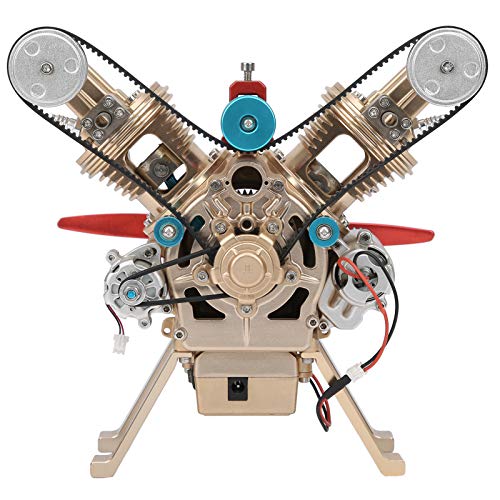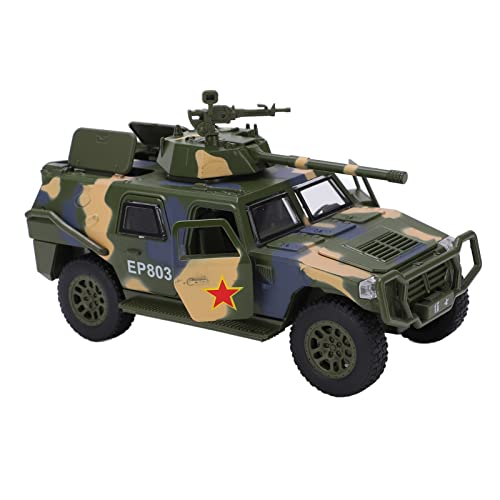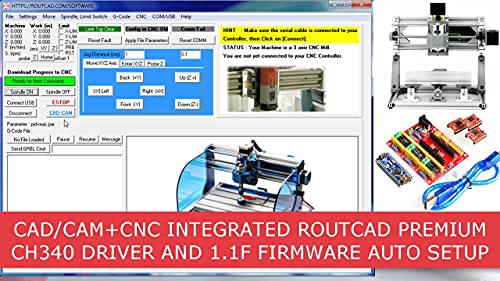I received an email from online metals today, they are now selling metal, ceramic and glass filaments.
https://www.onlinemetals.com/en/3d-...eh=bfeb580e19bf40591&utm_campaign=3d-printing
Basically it is metal with a binder that is burnt out in a kiln afterwards, I know nothing about this but thought I would post it for others. I do have a nice Bambu labs P1S printer but do not have a kiln. I have been meaning to build a heat treat furnace so maybe in the near future I can try this.
Here is the Guide https://www.onlinemetals.com/en/gui...eh=bfeb580e19bf40591&utm_campaign=3d-printing
The aluminum spool is $150.00 but Iron is "only" $80.00
Interesting how far the capabilities of the home shop have come. Will be interesting to see how this plays out.
Scott
https://www.onlinemetals.com/en/3d-...eh=bfeb580e19bf40591&utm_campaign=3d-printing
Basically it is metal with a binder that is burnt out in a kiln afterwards, I know nothing about this but thought I would post it for others. I do have a nice Bambu labs P1S printer but do not have a kiln. I have been meaning to build a heat treat furnace so maybe in the near future I can try this.
Here is the Guide https://www.onlinemetals.com/en/gui...eh=bfeb580e19bf40591&utm_campaign=3d-printing
The aluminum spool is $150.00 but Iron is "only" $80.00
Interesting how far the capabilities of the home shop have come. Will be interesting to see how this plays out.
Scott

































































